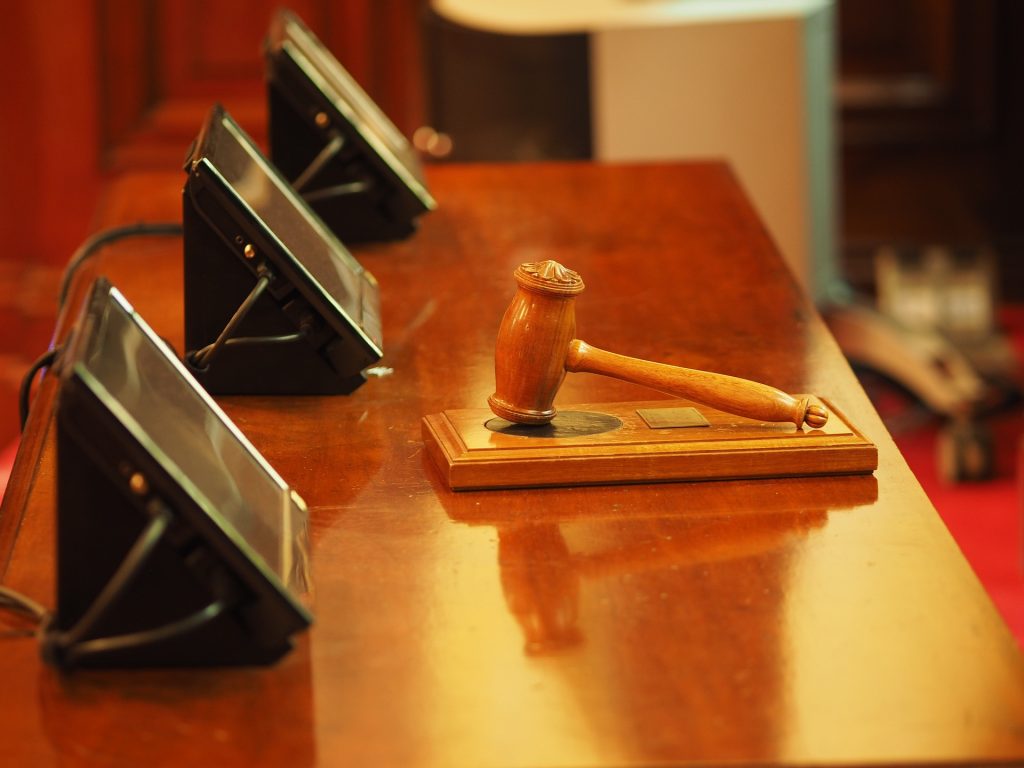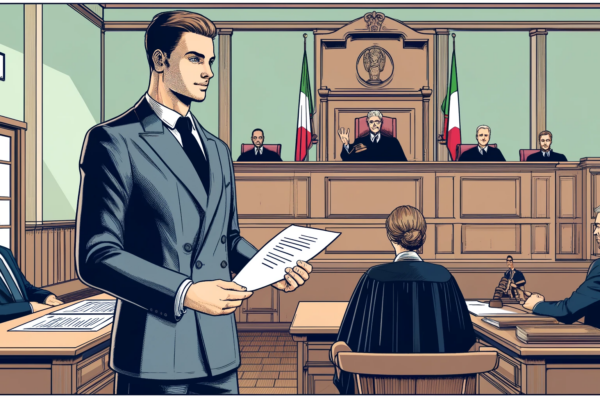OS Law acts in the field of litigation, especially concerning commercial matters, including debt collection, at national and international levels. The firm uses its network of contacts in order to better manage transnational issues.
We represent clients in commercial litigations before Italian Courts and Arbitral Tribunals under national and the main international arbitration rules.
Our ethic is to advise the client transparently in case of a small chance of winning and/or obtaining compensation, in order to avoid costs and waste of time.
Beyond the traditional way to solve disputes, the international commercial environment may ask for alternative ways to address cross-border issues. In this light, OS Law also provides assistance in Alternative Dispute Resolution (ADR) procedures, such as arbitration and mediation.









